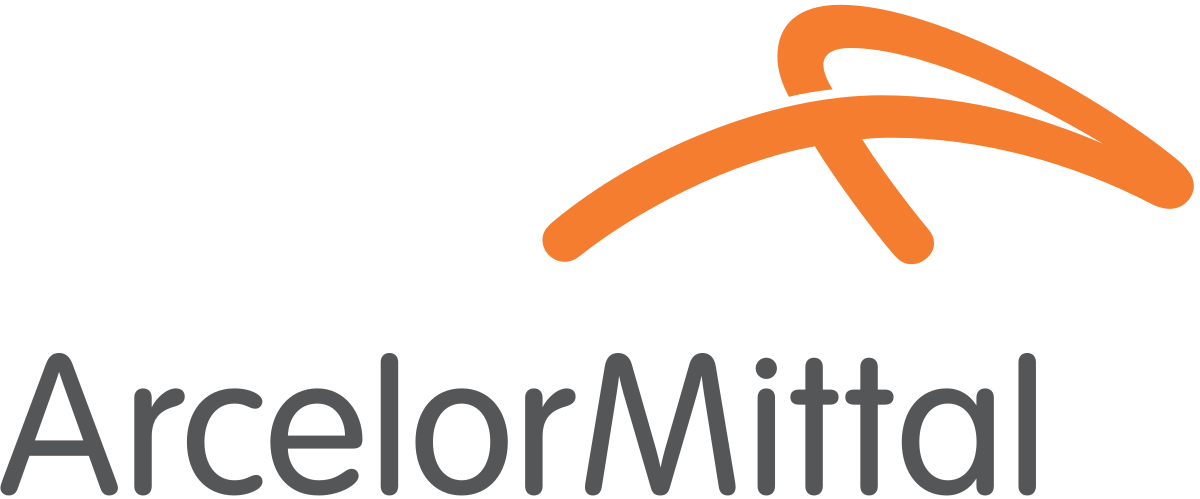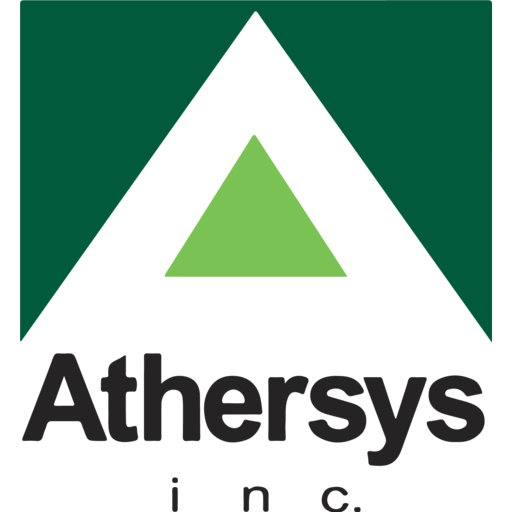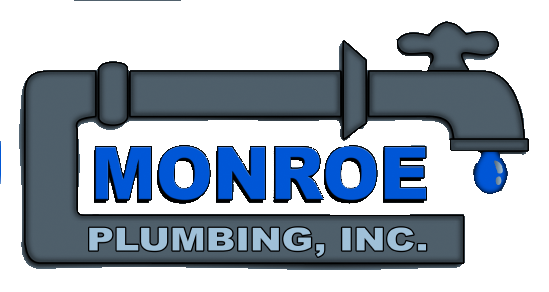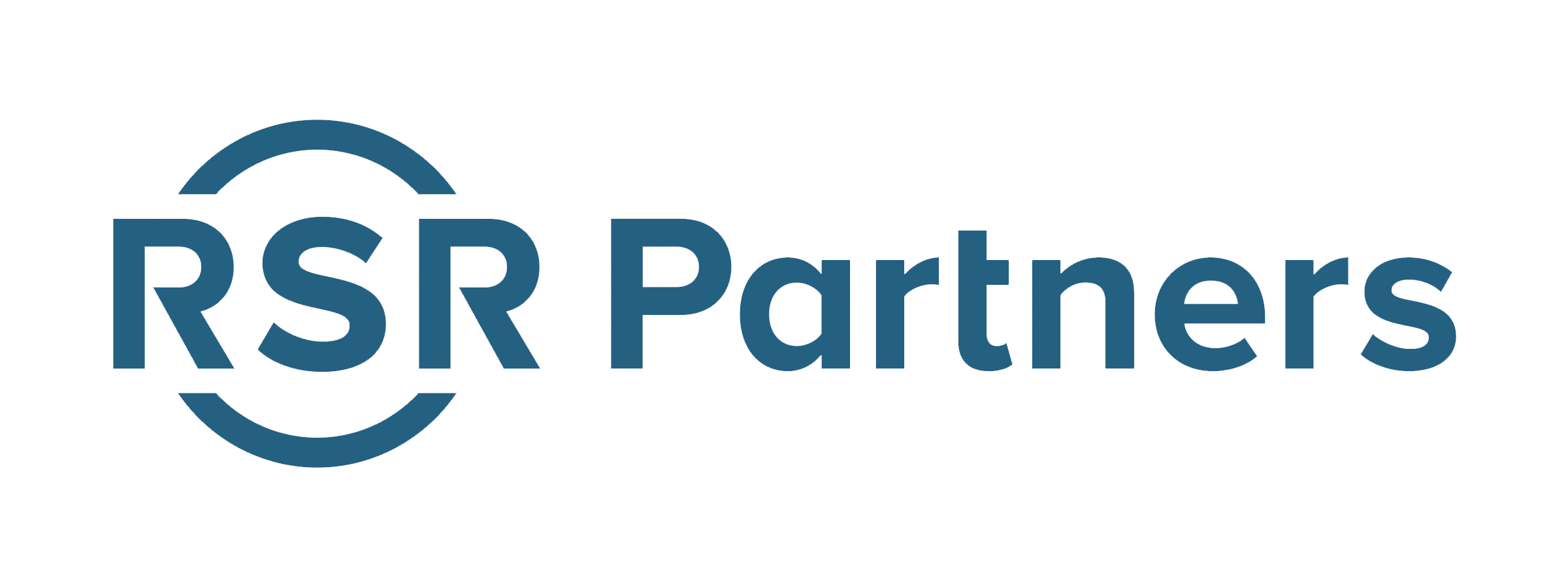Introduction to Optimizing Fleet Management
What is SideCar Fleet Tracking?
SideCar Fleet Tracking is an innovative solution designed to give businesses control and visibility over their vehicle fleets. It’s a custom SAAS product from MorelandConnect that harnesses GPS technology to provide accurate, real-time data on vehicle locations and operations. The system goes beyond mere tracking; it integrates various functionalities that are crucial for efficient fleet management. This includes tools for analyzing driver behavior, optimizing routes, scheduling maintenance, and ensuring regulatory compliance. Essentially, SideCar Fleet Tracking acts as a central hub for all fleet-related data, helping managers make quick, informed decisions that can lead to significant cost savings and operational improvements. It’s built for scalability and flexibility, allowing businesses of all sizes to customize the platform according to their specific needs.
Harnessing Advanced GPS/AVL services: A Real-Time Response
The integration of advanced GPS and Automatic Vehicle Location (AVL) services in the SideCar Fleet Tracking system offers a real-time response to fleet management challenges. By providing immediate location data and vehicle metrics, managers can respond swiftly to any situation on the ground. This could range from rerouting a vehicle to avoid traffic congestion to sending immediate assistance in case of an emergency. The system’s real-time capabilities ensure that there’s minimal lag between data capture and data-driven action, making fleet operations more responsive and dynamic. This immediacy not only enhances the operational efficiency of a fleet but also contributes to the safety of drivers and security of the cargo being transported. With these advanced services, fleet managers are equipped to address any challenges as they occur, rather than reacting after the fact.
Key Features and Benefits of SideCar Fleet Tracking
Real-Time Vehicle Tracking
Real-time vehicle tracking is a cornerstone feature of the SideCar Fleet Tracking system. It gives fleet managers the power to monitor their vehicles at any moment, thus ensuring that they have complete situational awareness. This feature is invaluable for coordinating fleet movements, especially in time-sensitive industries like logistics and delivery services. By knowing exactly where each vehicle is, managers can make adjustments on the fly, such as rerouting to avoid delays or dispatching the nearest vehicle to a new job. This level of tracking also provides peace of mind when it comes to security, as it allows for quick reaction to theft or unauthorized use of vehicles. In essence, real-time vehicle tracking is fundamental to maintaining an efficient, secure, and responsive fleet operation.
Pathway to Efficiency: Route Optimization
Route optimization is a strategic feature of the SideCar Fleet Tracking system that significantly boosts efficiency. This function analyzes various factors such as traffic patterns, road conditions, and vehicle types to determine the most efficient routes for drivers. By optimizing routes, SideCar not only reduces fuel consumption and wear-and-tear on vehicles but also ensures that deliveries and services are completed in the fastest time possible. For businesses, this translates into cost savings and the ability to take on more work without increasing the fleet size. Additionally, customers benefit from faster service delivery, which can enhance satisfaction and loyalty. Route optimization is a key way that SideCar Fleet Tracking helps businesses to stay competitive by improving operational efficiency and customer service.
Driver Behavior Monitoring: Safer Drives, Better Performance
Driver behavior monitoring is an essential aspect of the SideCar Fleet Tracking system, aiming to improve safety and performance on the road. By monitoring driving habits such as speed, acceleration, braking, and cornering, the system provides insights into individual driver behavior. This enables fleet managers to identify risky driving practices and take corrective actions, such as targeted training or coaching. Furthermore, recognizing responsible driving can lead to rewards or incentives for drivers, promoting a culture of safety and efficiency. A direct result of better driving behavior is the reduction of accidents and vehicle downtime, which in turn can lower insurance costs and maintenance expenses. By ensuring that drivers are performing at their best, SideCar contributes to safer roads and more reliable fleet operations.
Maintenance Scheduling: Ensuring Fleet Longevity
Proactive maintenance scheduling is a vital feature of SideCar Fleet Tracking, designed to ensure the longevity and reliability of your fleet. Through the system’s maintenance alerts, fleet managers can keep track of service intervals and necessary maintenance for each vehicle. This helps prevent breakdowns and costly repairs by addressing potential issues before they become serious problems. Scheduled maintenance also contributes to vehicles operating at optimum efficiency, which can result in better fuel economy and lower operating costs over time. By using the data collected from the vehicles, SideCar Fleet Tracking enables businesses to create a tailored maintenance plan that suits the unique needs of their fleet, ensuring that each vehicle receives the right care at the right time. This strategic approach to maintenance keeps fleets running smoothly and extends the lifespan of the vehicles, protecting the company’s investment.
Geofencing: Defining Boundaries
Geofencing stands out as a dynamic feature within the SideCar Fleet Tracking system, providing the ability to define virtual boundaries for vehicles. When a vehicle enters or leaves a geofenced area, the system sends instant notifications to fleet managers. This capability is particularly useful for ensuring that vehicles operate within authorized areas, enhancing security and operational control. It can also be leveraged for automating tasks like timekeeping for billing purposes, as it can precisely log when a vehicle arrives at or departs from a job site. Moreover, geofencing can be used to monitor and enforce compliance with regulatory requirements, such as environmental restrictions in specific zones. By setting and managing these virtual boundaries, businesses can minimize unauthorized use of vehicles and improve overall fleet efficiency. Geofencing is an invaluable tool in the modern fleet manager’s arsenal, offering both real-time insights and historical data for better management decisions.
Compliance Management: Keeping with Transportation Laws
Compliance management is a critical component of the SideCar Fleet Tracking system, ensuring that fleets adhere to transportation laws and regulations. The system assists in monitoring driver hours to prevent violations of working time directives, keeping logs for inspections, and ensuring that routine checks are completed. This is crucial for avoiding costly fines and maintaining a good reputation with regulatory bodies. Moreover, compliance features help in the maintenance of accurate records for audits and provide evidence of due diligence in the event of an incident. By automating the compliance process, SideCar significantly reduces the administrative burden on fleet managers and allows them to focus on core operations. Staying compliant not only protects the business from legal issues but also promotes a culture of responsibility and safety among drivers, contributing to a trustworthy and reliable transportation service.
Advantages of SideCar Fleet Tracking
Cost Reduction through Optimization
The SideCar Fleet Tracking system plays a pivotal role in reducing operational costs through optimization. By streamlining route planning, promoting efficient driving behavior, and keeping a consistent schedule for vehicle maintenance, SideCar minimizes unnecessary mileage and fuel usage, leading to significant cost savings. Additionally, the accurate data provided by the system allows for better asset utilization, ensuring each vehicle is used to its fullest potential without incurring extra overhead. Reducing idle time, lowering the risk of accidents, and minimizing wear and tear on vehicles are all ways SideCar helps to cut down expenses. Furthermore, the system’s ability to ensure compliance with transport regulations helps avoid fines and penalties that can arise from non-compliance. In the long run, these cost reductions can result in a substantial increase in profit margins, making SideCar an investment that pays for itself.
Productivity Enhancement: Efficient Deliveries and Service Routes
With SideCar Fleet Tracking, enhancing productivity is made possible by streamlining deliveries and service routes. The system’s route optimization capabilities ensure that each journey is planned using the most efficient paths, saving time and allowing for more deliveries or service calls within the same timeframe. This efficiency boost is not only beneficial in terms of reducing operational costs but also in increasing the potential revenue by allowing for higher volume capacity. Moreover, the real-time tracking feature helps to quickly address any delays or issues on the road, minimizing downtime and ensuring that schedules are adhered to as closely as possible. The net result is an uptick in the number of tasks a fleet can handle, leading to better service for customers and a stronger bottom line for businesses. SideCar’s focus on productivity is a key advantage for any fleet-dependent operation looking to grow and succeed.
Improved Safety: Responsible Driving Practices
SideCar Fleet Tracking contributes significantly to improving safety by promoting responsible driving practices. The system’s ability to monitor and analyze driver behavior encourages safer driving habits, which reduces the likelihood of accidents. By identifying patterns such as harsh braking, rapid acceleration, and speeding, fleet managers can offer targeted training to drivers, leading to a safer fleet overall. Additionally, the real-time tracking allows for immediate response in case of an incident, ensuring that drivers receive assistance as quickly as possible. The maintenance scheduling feature also plays a role in safety by keeping vehicles in optimal condition, thereby preventing malfunctions that could lead to road mishaps. With improved safety, companies not only protect their employees and assets but also potentially see a reduction in insurance premiums, further adding to the benefits of implementing the SideCar Fleet Tracking system.
Customer Satisfaction: Leveraging Accuracy
Enhancing customer satisfaction is a key advantage of using SideCar Fleet Tracking, and it’s largely due to the accuracy the system provides. With real-time updates on vehicle locations and ETAs, customers can receive accurate and timely information regarding their deliveries or service appointments. This transparency builds trust and allows for a higher level of service, as customers are not left wondering about the status of their orders. Accurate tracking also means that companies can better meet delivery windows, a critical factor in customer satisfaction, especially in industries where timing is everything. Furthermore, the geofencing feature can notify customers when a service vehicle enters a predefined area, giving them a precise update on arrival times. By meeting and even exceeding customer expectations through accurate and reliable service, businesses can foster loyalty, generate positive reviews, and encourage repeat business—all stemming from the capabilities of the SideCar Fleet Tracking system.
Data-Driven Decision Making: Optimizing Operations
The SideCar Fleet Tracking system empowers businesses with data-driven decision making, a critical factor in optimizing operations. The wealth of data generated by the system provides deep insights into every aspect of fleet management, from driver behavior to vehicle performance. Managers can analyze trends, identify inefficiencies, and make informed decisions to enhance productivity and reduce costs. This data-centric approach allows for continuous improvement, as strategies can be adjusted based on actual performance metrics rather than assumptions. Moreover, with historical data at their fingertips, businesses can forecast future needs, plan for maintenance, and prepare for peak demand periods with greater accuracy. In an environment where every second and penny counts, the ability to make quick, informed decisions based on reliable data is invaluable. SideCar Fleet Tracking turns information into a powerful tool for businesses striving for operational excellence.
Real World Applications of SideCar Fleet Tracking
Delivery and Logistics: Timely and Efficient Services
SideCar Fleet Tracking has significant applications in the delivery and logistics sector where timely and efficient services are critical. The real-time tracking and route optimization features ensure that packages and goods are delivered as quickly and efficiently as possible, which is vital in an industry where time is often equivalent to customer satisfaction and repeat business. The ability to adjust routes on the fly in response to traffic, weather, or unexpected delays means that delivery schedules can be adhered to more closely. The data provided by SideCar also allows logistics companies to improve their delivery density and reduce dead mileage, leading to lower fuel costs and increased delivery capacity. In an industry that is becoming increasingly competitive, with customers demanding faster and more reliable service, SideCar Fleet Tracking provides the tools necessary to stay ahead.
Public Transportation: Improving Public Transit Services
In the realm of public transportation, SideCar Fleet Tracking provides tools to improve transit services significantly. By using real-time vehicle tracking, transit agencies can offer passengers up-to-date information on bus or train locations and arrival times. This transparency and accuracy can greatly enhance the rider experience, as it reduces uncertainty and waiting times. Additionally, route optimization helps in managing schedules more efficiently, ensuring that vehicles are available when and where they are needed most, especially during peak hours. The system’s maintenance scheduling capabilities also play a vital role in keeping the fleet in good working order, reducing the likelihood of service disruptions due to vehicle breakdowns. With SideCar, public transit services can be more reliable and responsive, fostering a more attractive and user-friendly public transportation network.
Construction and Heavy Equipment: Ensuring Safety
SideCar Fleet Tracking is particularly beneficial in the construction sector where the safety of heavy equipment operation is paramount. The system’s tracking capabilities ensure that equipment is used properly and in the right locations. Geofencing helps managers enforce operational boundaries, preventing equipment from being used in restricted or unsafe areas. The monitoring of driver behavior also plays a crucial role in maintaining safety standards on construction sites. By observing and analyzing how equipment is operated, managers can identify risky behaviors and provide training to prevent accidents and improve overall site safety. Additionally, the maintenance scheduling feature helps prevent equipment failure, which can lead to costly delays and safety hazards. With SideCar, construction companies can enhance the safety and efficiency of their operations, ensuring that projects are completed on time, within budget, and without compromising on workplace safety.
Conclusion: Embracing Advancements in Fleet Management
MorelandConnect: Your Trusted Advisor to Excellence
MorelandConnect stands as a trusted advisor to excellence in fleet management, embodying reliability, expertise, and innovation with its SideCar Fleet Tracking system. By partnering with MorelandConnect, businesses gain access to a suite of advanced tools designed to optimize their fleet operations and drive significant improvements in efficiency, safety, and customer satisfaction. MorelandConnect’s commitment to developing custom SAAS solutions means that each implementation of the SideCar system can be tailored to the specific needs and challenges of any operation. Leveraging this technology enables companies to not only keep pace with the evolving landscape of fleet management but to set new standards for operational excellence within their industries. As a leader in custom software solutions, MorelandConnect is dedicated to helping businesses realize their full potential and achieve sustainable success in today’s competitive market.
Real World Applications of SideCar Fleet Tracking
Delivery and Logistics: Timely and Efficient Services
SideCar Fleet Tracking has significant applications in the delivery and logistics sector where timely and efficient services are critical. The real-time tracking and route optimization features ensure that packages and goods are delivered as quickly and efficiently as possible, which is vital in an industry where time is often equivalent to customer satisfaction and repeat business. The ability to adjust routes on the fly in response to traffic, weather, or unexpected delays means that delivery schedules can be adhered to more closely. The data provided by SideCar also allows logistics companies to improve their delivery density and reduce dead mileage, leading to lower fuel costs and increased delivery capacity. In an industry that is becoming increasingly competitive, with customers demanding faster and more reliable service, SideCar Fleet Tracking provides the tools necessary to stay ahead.
Public Transportation: Improving Public Transit Services
In the realm of public transportation, SideCar Fleet Tracking provides tools to improve transit services significantly. By using real-time vehicle tracking, transit agencies can offer passengers up-to-date information on bus or train locations and arrival times. This transparency and accuracy can greatly enhance the rider experience, as it reduces uncertainty and waiting times. Additionally, route optimization helps in managing schedules more efficiently, ensuring that vehicles are available when and where they are needed most, especially during peak hours. The system’s maintenance scheduling capabilities also play a vital role in keeping the fleet in good working order, reducing the likelihood of service disruptions due to vehicle breakdowns. With SideCar, public transit services can be more reliable and responsive, fostering a more attractive and user-friendly public transportation network.
Construction and Heavy Equipment: Ensuring Safety
SideCar Fleet Tracking is particularly beneficial in the construction sector where the safety of heavy equipment operation is paramount. The system’s tracking capabilities ensure that equipment is used properly and in the right locations. Geofencing helps managers enforce operational boundaries, preventing equipment from being used in restricted or unsafe areas. The monitoring of driver behavior also plays a crucial role in maintaining safety standards on construction sites. By observing and analyzing how equipment is operated, managers can identify risky behaviors and provide training to prevent accidents and improve overall site safety. Additionally, the maintenance scheduling feature helps prevent equipment failure, which can lead to costly delays and safety hazards. With SideCar, construction companies can enhance the safety and efficiency of their operations, ensuring that projects are completed on time, within budget, and without compromising on workplace safety.

































































